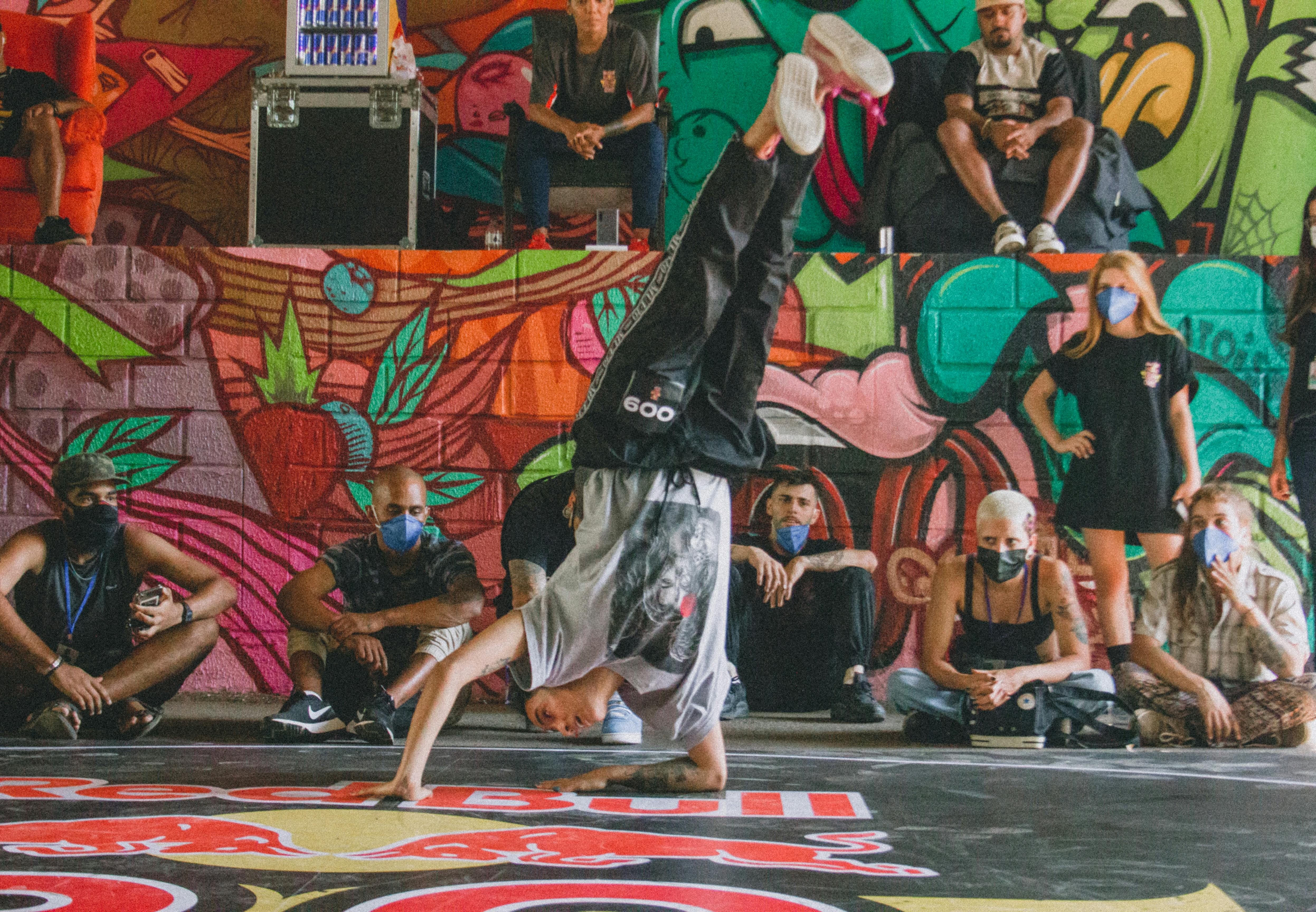Media release
From:
Breakdancers may risk ‘headspin hole’ caused by repetitive headspins, doctors warn
Condition manifests as protruding scalp lump, plus hair loss and tenderness
Breakdancers may be at risk of developing a condition caused by repeatedly doing a cardinal move of their practice and performance—the headspin—warn doctors in the journal BMJ Case Reports.
Dubbed the ‘headspin hole,’ or ‘breakdance bulge,’ the condition is unique to breakdancers, and appears as a protruding lump on the scalp, often accompanied by hair loss and tenderness.
Breakdancers are particularly prone to injuries because of the complexities and physical demands of the moves, note the authors. Sprains, strains, and tendinitis are particularly common. Head and brain injuries, including subdural haematomas (pooling of blood between the skull and the brain), have also been reported.
Prolonged breakdancing often leads to ‘breakdancer overuse syndrome’ which includes various conditions, such as carpal tunnel syndrome and swollen and inflamed tendons (tenosynovitis) as well as hair loss and scalp irritation, add the authors.
They treated a man in his early 30s with a growth on his scalp. The man said that he had performed various types of headspin manoeuvres for more than19 years.
He practised his moves 5 times a week for around 1.5 hours a time. During these sessions direct pressure was applied to the top of his head for between 2 and 7 minutes.
Despite hair loss and a burgeoning lump on his head, he continued to practise headspins, but was prompted to act when the lump started to grow a lot larger and his scalp began to feel tender.
A head scan revealed thickening of the skin, tissue, and skull around the lump, but no obvious signs of cancer, which was confirmed on biopsy.
The lump was removed, but the surrounding skin tissue remained thickened. Nevertheless, the man was happy with the result and felt able to go out in public once again without having to wear a cap.
This report represents just one case, and details of only one other have been published to date, so the findings should be interpreted in this context.
But the authors conclude: “This case underscores the importance of recognising chronic scalp conditions in breakdancers and suggests that surgical intervention can be an effective treatment.”



 International
International



